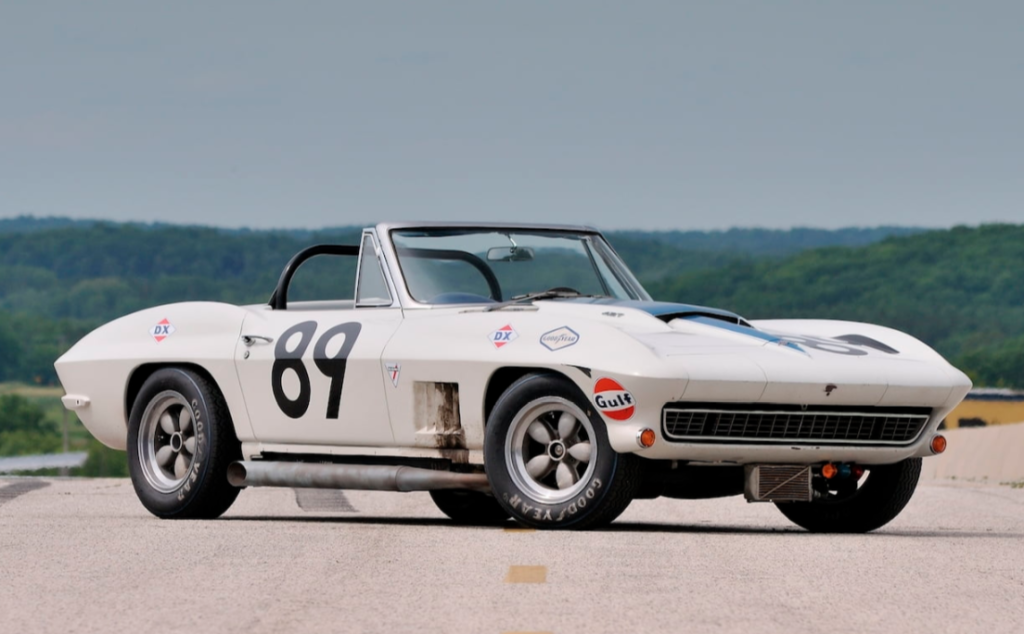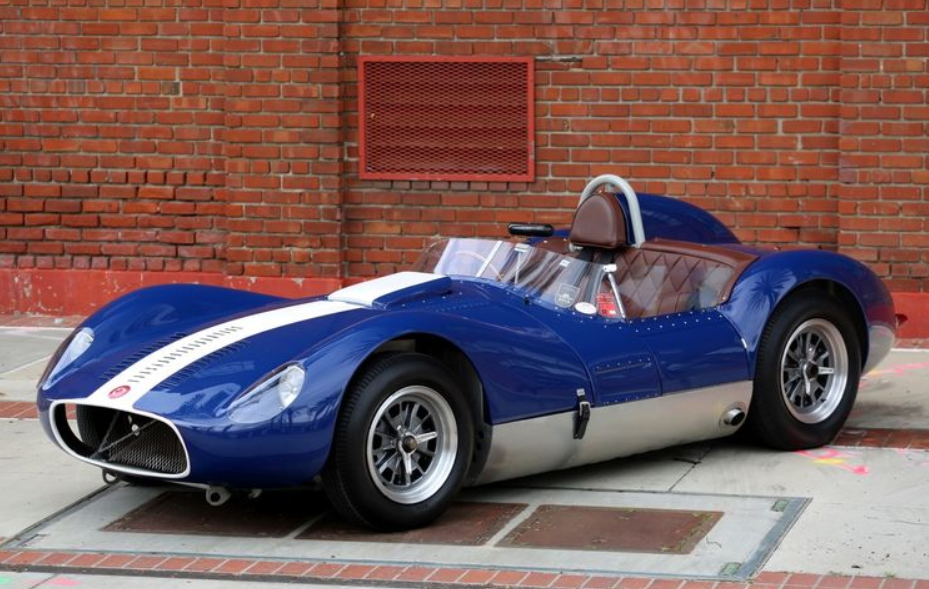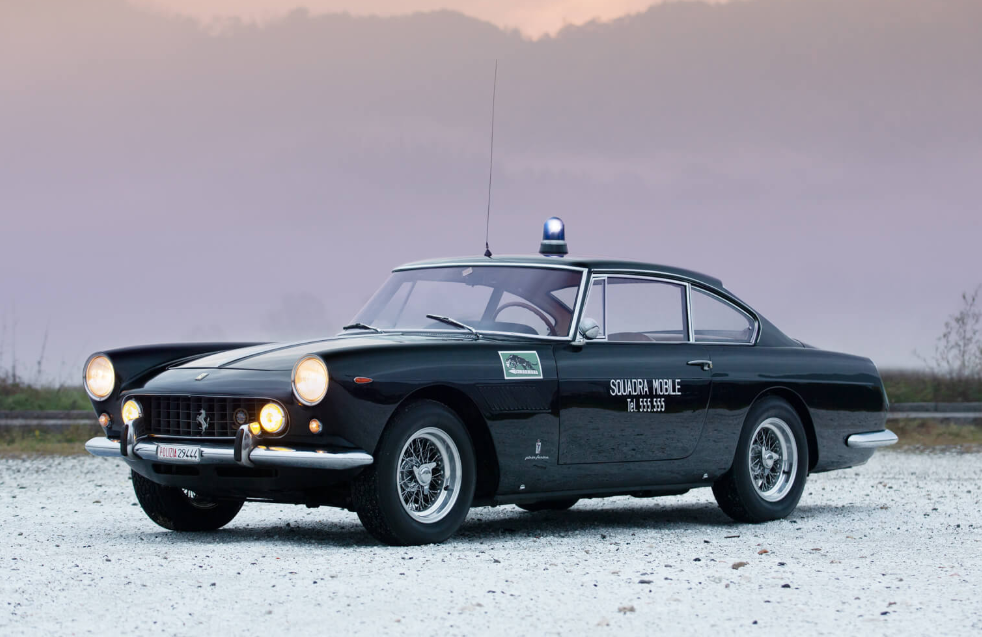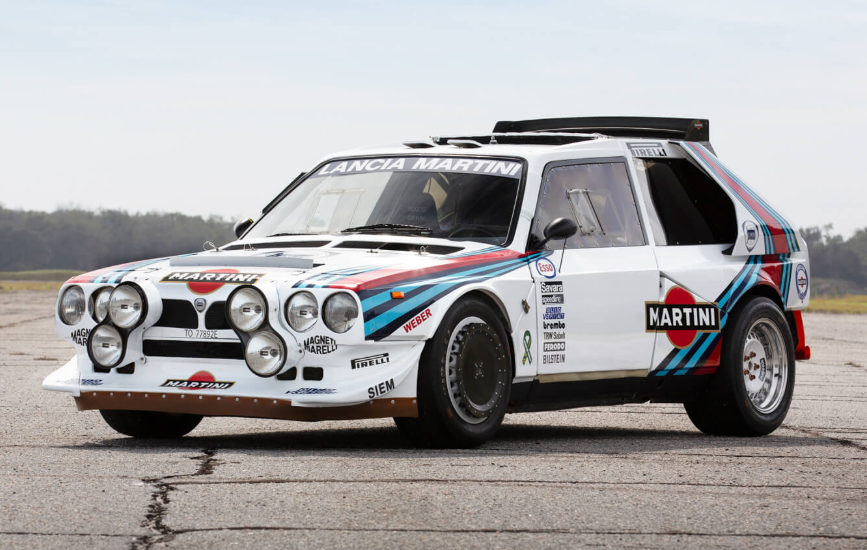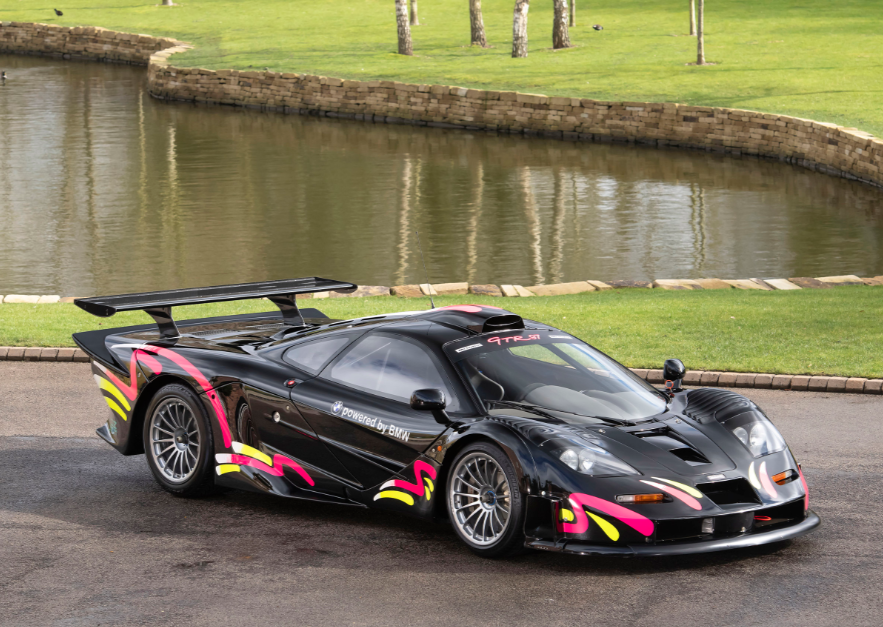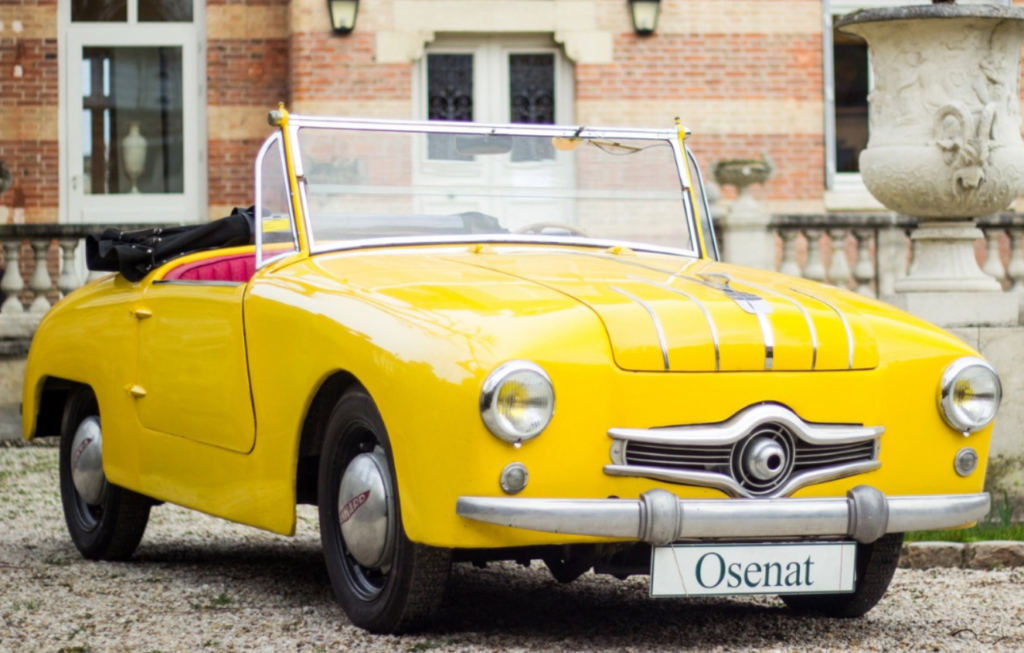1937 Cord 812 SC Sportsman
Offered by RM Sotheby’s | Elkhart, Indiana | October 23-24, 2020
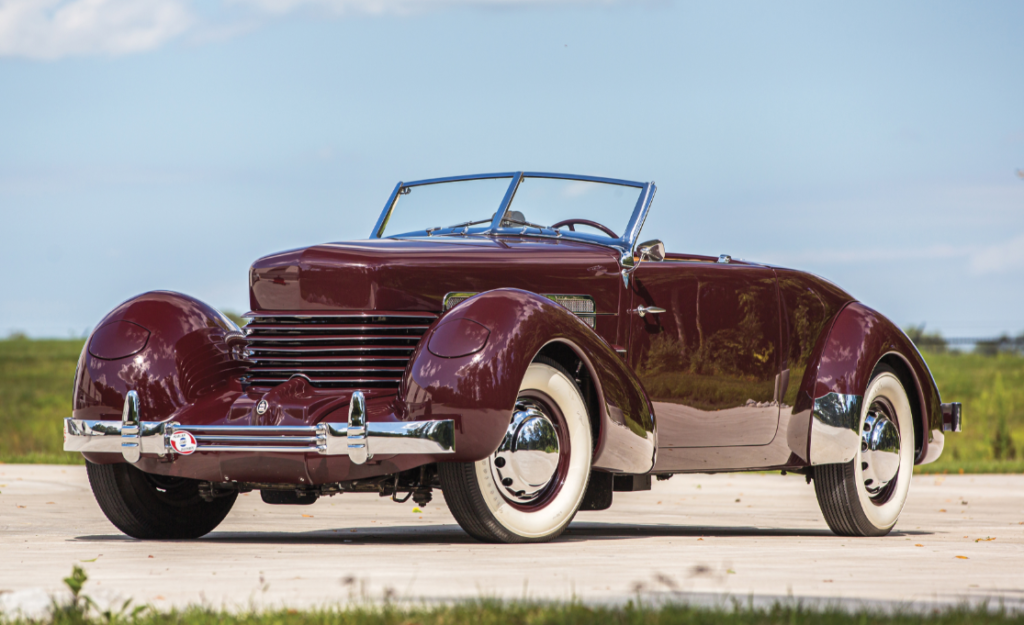
This is the ultimate iteration of the Cord 810/812. Introduced in 1936, the front-wheel-drive 810 was styled by Gordon Buehrig and featured an independent front suspension and a design like nothing else in the world at the time. The car was renamed the 812 for 1937, which was more-or-less an attempt to spruce up the fact that they had a lot of leftover 810s from the year before. Supercharging also became an option in 1937.
The supercharger bumped power from the 4.7-liter Lycoming V8 to 170 horsepower. Two different wheelbases were used in ’37, and four body styles were offered on the shorter of the two, including the $2,585 Sportsman two-door cabriolet. The supercharger bumped the price by another $2,000, which is insane. Imagine adding 77% of the car’s price back on as options. Oh wait, you can probably do that on a Porsche.
Reliability issues early in production really put a wet blanket over the initial enthusiasm for the model, which was originally envisioned as a “baby Duesenberg.” About 3,000 examples were built in total, only 64 of which were reportedly SC Sportsmans. This one is now going to sell at no reserve. Click here for more info and here for more from this sale.
Update: Sold $257,600.

